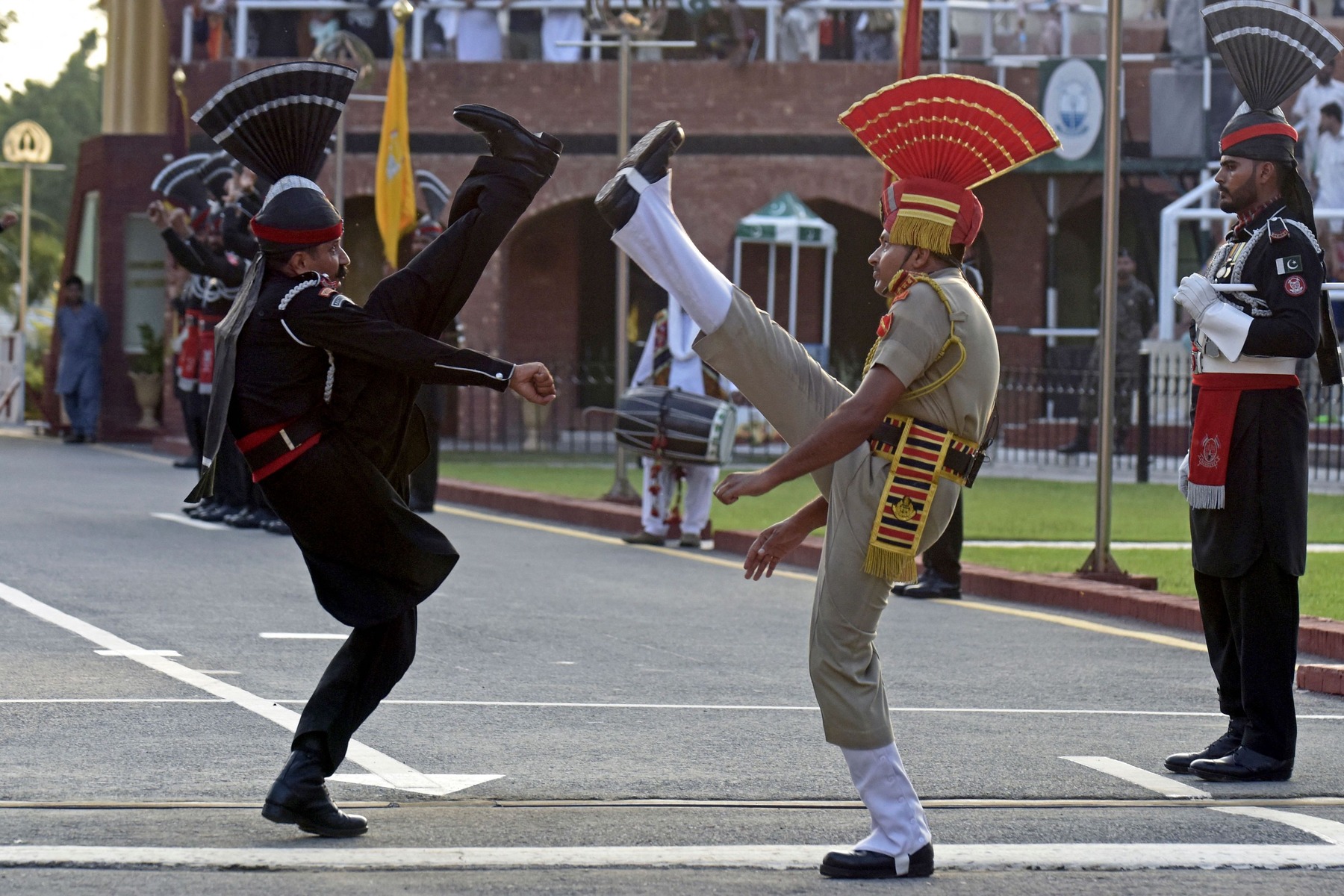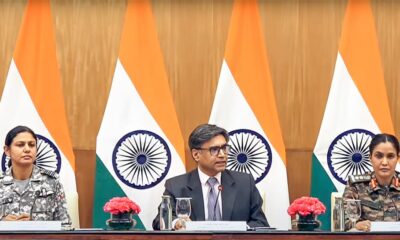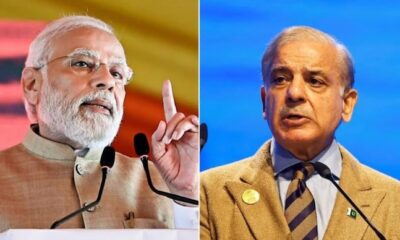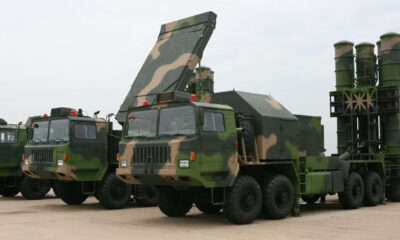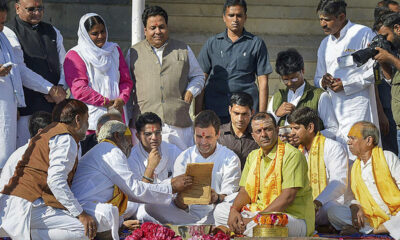Did India back off due to nuclear fears from Pakistan? Was there intelligence or evidence suggesting China was about to create disturbances on the northern front? Or was this strategic pause a conscious decision by the Indian leadership after achieving a specific military objective?
Most of the people in my circle are BJP supporters—some even hardcore ones—and all of them are disappointed. Their common question: “Why did the government halt military operations when the Indian Army was clearly winning?” Stopping a car speeding at 200 km/h abruptly is likely to cause a crash. Was this the beginning of Modi’s political decline?
These are questions born out of public perception—no matter how nuanced or complex the political or military rationale may be. Some decisions in diplomacy remain permanently in the shadows. As Frank Underwood said in the Netflix series House of Cards: “You know, 90% of our job is in the dark; still you’re trying to expose it.”
The Nuclear Bluff Isn’t New
This isn’t the first time Pakistan has brandished its nuclear arsenal. During the Kargil conflict, the same threat was issued—prompting then U.S. President Bill Clinton to call Prime Minister Vajpayee. Vajpayee’s reply reportedly was: “Assume half of India’s population is gone. But tell Pakistan—it won’t see the sunrise.” India’s attacks on terrorist camps were not just military actions—they were aimed at exposing the hollowness of Pakistan’s nuclear bluff to the world. After all, India can’t surrender Kashmir just because Pakistan has a bomb or invokes religion.
Reports—both Indian and foreign—suggest that after India destroyed nearly a dozen Pakistani airbases, panic gripped Pakistan. There were rumors that India might next neutralize its nuclear sites. Tensions peaked when India bombed the Noor Khan airbase near Rawalpindi. The ensuing chaos pushed Pakistan to appeal to the U.S. to broker a ceasefire.
But what compelled India to accept the American proposal? Was there real pressure from China?
The China Angle
The chances of China openly intervening in India’s military campaign were slim. Beijing has its economic woes and wouldn’t want to jeopardize its trade ties with India. U.S. tariff wars and capital outflows have made China cautious. Its own air defense system, deployed in Pakistan, was shown to be ineffective—hurting its global image.
Yes, had the war dragged on and Pakistan lost territory, China might have stirred up disturbances, since it officially supports Pakistan’s “territorial integrity.” But we weren’t quite at that point.
So why did India halt? Why listen to America, a country whose global trustworthiness is often questionable?
The Political Dilemma and Public Sentiment
Former Finance Minister P. Chidambaram praised the Modi government for its restraint and limited objectives. But the public doesn’t digest such strategic subtleties. They expected nothing short of a full reclaiming of PoK (Pakistan-occupied Kashmir). This demand is the result of decades of simmering anger, which found renewed hope in Modi’s strongman image. If even he couldn’t deliver, who could—Rahul Gandhi?
Some on social media are drawing parallels with Indira Gandhi’s leadership during the Bangladesh war. But the contexts are vastly different. That was a war for the liberation of East Pakistan. India had signed a 20-year treaty with the Soviet Union, practically surrendering strategic autonomy and turning the Indian Ocean into a Soviet military hub. Today’s India is not willing to mortgage its sovereignty.
Also, Bangladesh—born from that victory—has since become a complex neighbor. So winning territory isn’t always winning peace.
Operation Sindoor: A Tactical Strike, Not a War for Territory
India’s objective was limited: to destroy terrorist launchpads and send a powerful message. That goal was achieved. The war wasn’t aimed at wiping Pakistan off the map—although that became a public fantasy as events escalated. India made it clear from the start: civilian areas were not targeted. Any Pakistani retaliation would be met with a proportional response. That’s exactly what happened.
As for occupying PoK, it’s more a diplomatic tool than a military one—to counter Pakistan’s claim on Kashmir. India hasn’t yet fully integrated the 10 million residents of Kashmir Valley. Why absorb another 5.5 million from PoK—who’ve been indoctrinated against India? Permanent unrest isn’t a strategic gain. Yes, India may eye certain strategic areas in PoK, as it did with Siachen, but not the whole territory.
Military Superiority Is Undeniable
India’s military proved its might. Pakistan was rattled—its leaders tweeting peace appeals, its people celebrating the end of war, while Indians mourned the halt. That contrast speaks volumes. It’s like a poor student celebrating an exam being cancelled, while the topper regrets missing a chance to excel.
A similar contrast played out in the last Lok Sabha election: Congress celebrated with 99 seats, while the BJP, with 240, wore a subdued look.
On Rafale and Propaganda
Some Western outlets, citing unnamed sources, tried to cast doubts on Rafale jets. This reeks of lobbying wars—French vs. American aerospace giants. India’s big-ticket deal with France clearly irked the U.S. But ground reports indicate Indian missiles penetrated as far as Rawalpindi without triggering China-supplied air defenses—a major embarrassment for both Pakistan and China.
The Final Word
India’s military struck deep, dismantled key targets, and shattered Pakistan’s morale. It delivered a clear warning. As Defence Minister Rajnath Singh put it: “We acted like Hanuman—burned Lanka, killed Akshay Kumar, and sent Ravan the message.”
But the public expected Ram himself. And now they’re asking: if Ravan wasn’t slain, was this avatar false? Is it time for a new one?
By Sushant Jha

 Business6 days ago
Business6 days ago
 The War Within Us3 days ago
The War Within Us3 days ago
 Politics2 days ago
Politics2 days ago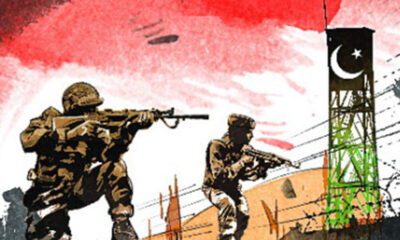
 Opinion5 days ago
Opinion5 days ago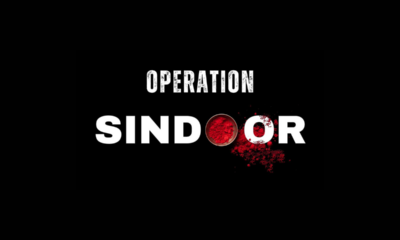
 News5 days ago
News5 days ago
 Opinion3 days ago
Opinion3 days ago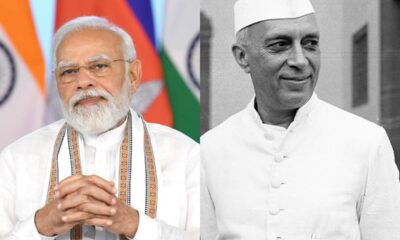
 Politics5 days ago
Politics5 days ago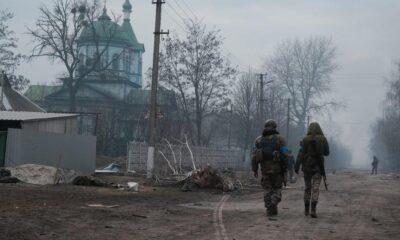
 The War Within Us1 day ago
The War Within Us1 day ago
